It was a sound one would not expect to hear in an office – the screech of rubber tyres against synthetic track as race cars zipped by in a blur of monochrome.
Sixteen floors above shoppers going about their normal business, the 2022 edition of the Deepracer League was in full swing. Co-hosted by Sephora and Amazon Web Services, the competition transformed Sephora’s sleek, polished office – momentarily – into a spectator event reminiscent of Formula 1.
The twist? Instead of humans in the drivers’ seat, it was algorithms.
Weeks’ worth of planning, coding, and human and machine learning (ML) lay hidden within each polished chassis, and as the race went on, Sephora’s employees from across the Asia Pacific region watched eagerly to see which code – and car – would emerge champion.
Machine Learning with a Motley Crew
Programming a hardware car with software intelligent enough to execute a winning strategy on the track seems like a task for a star-studded tech team. The reality, however, was exactly the opposite.
Behind each car was a ragtag team of employees hailing from different departments, from human resources to brand and community. Prior to programming the car, teams had to programme themselves – which meant attending sessions in ML, Python programming, and coding to acquire the appropriate skillset.
These ‘human programming sessions’ happened alongside the first round of competition: the Machine Learning Retail Challenge, which got teams to put their heads together to define a business problem that ML would be able to help solve.
Was it a bumpy ride? Not quite.
“We had a good mix of tech and non-tech team members,” said product manager Max See, who participated in the challenge. “When it came to building a business case for ML, our synergy helped us come up with a solution that was both focused on business needs and also technically creative and sound.”
Sephora is no stranger to the synergy between tech and business teams. Collaboration is a big part of their work, and is what defines a holistic approach to customers. “Working with non-tech colleagues is not a new thing,” said Brega Samapathy. “It brings a fresh perspective to the way we look at and solve business problems.”
Sephora’s ‘techies’ might be well-versed in the tech space, but even they had something to learn from the competition. Software engineer Koh Hui Lin, who participated alongside Max See, noted that the training sessions were eye-opening for her since she did not have much experience in artificial intelligence.
“I didn’t see it as challenging or difficult per se,” she said. “It was more of a fun learning experience.”
It belies, perhaps, the effort that she and her teammates put into the competition. Propelled by a formidable algorithm written by team member Sarah Gui, a product data analyst who reveals that she herself had little experience in ML, they programmed their way to victory.
Their race car, affectionately named “Bai Car” (reminiscent of the word for crippled in Hokkien, a Chinese dialect), came in first.
Taking Tech to the next Level
At first glance, an event like Deepracer League 2022 might seem like a casual team-building exercise.
But it has a deeper resonance. From the recently-opened Store of the Future at Raffles City to features like the Virtual Artist on their mobile app, Sephora is already marrying beauty to technology in a big way – and looking to go further.
It is hardly surprising, considering that ML and artificial intelligence are changing the game in the beauty industry.
For customers, smarter technologies mean a more personalised beauty experience. This goes beyond the moment they enter Sephora stores – physical or online – to the moment they encounter marketing material or engage with customer service.
Customer focus is, in other words, razor-sharp across Sephora’s entire business. And when crunch time arrives during the festive season, a back-end system augmented with technology can help improve inventory management, allowing products to reach customers efficiently.
When Sephora was founded in 1969 by Dominique Mandonnaud, the Internet did not even exist. Today, it is difficult to imagine life without it. In the span of 50 years, Sephora had to create, try, test, learn, and innovate its way to becoming the world’s leading Omni-channel prestige beauty retailer.
That ethos persists, even in a digitally mature era. As Deepracer League 2022 showed, it will be a team effort in the race to success. After all, said contestant Max See, it was playing to their strengths that allowed their team to excel.
“Every employee and department has a role to play,” said Brega. “Having participants from traditionally non-tech backgrounds enables our teams to work more cohesively and have tech seep into every aspect of work at Sephora.”

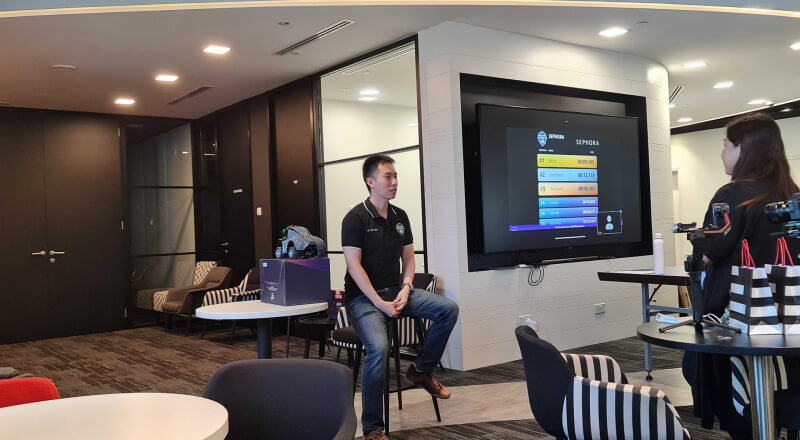
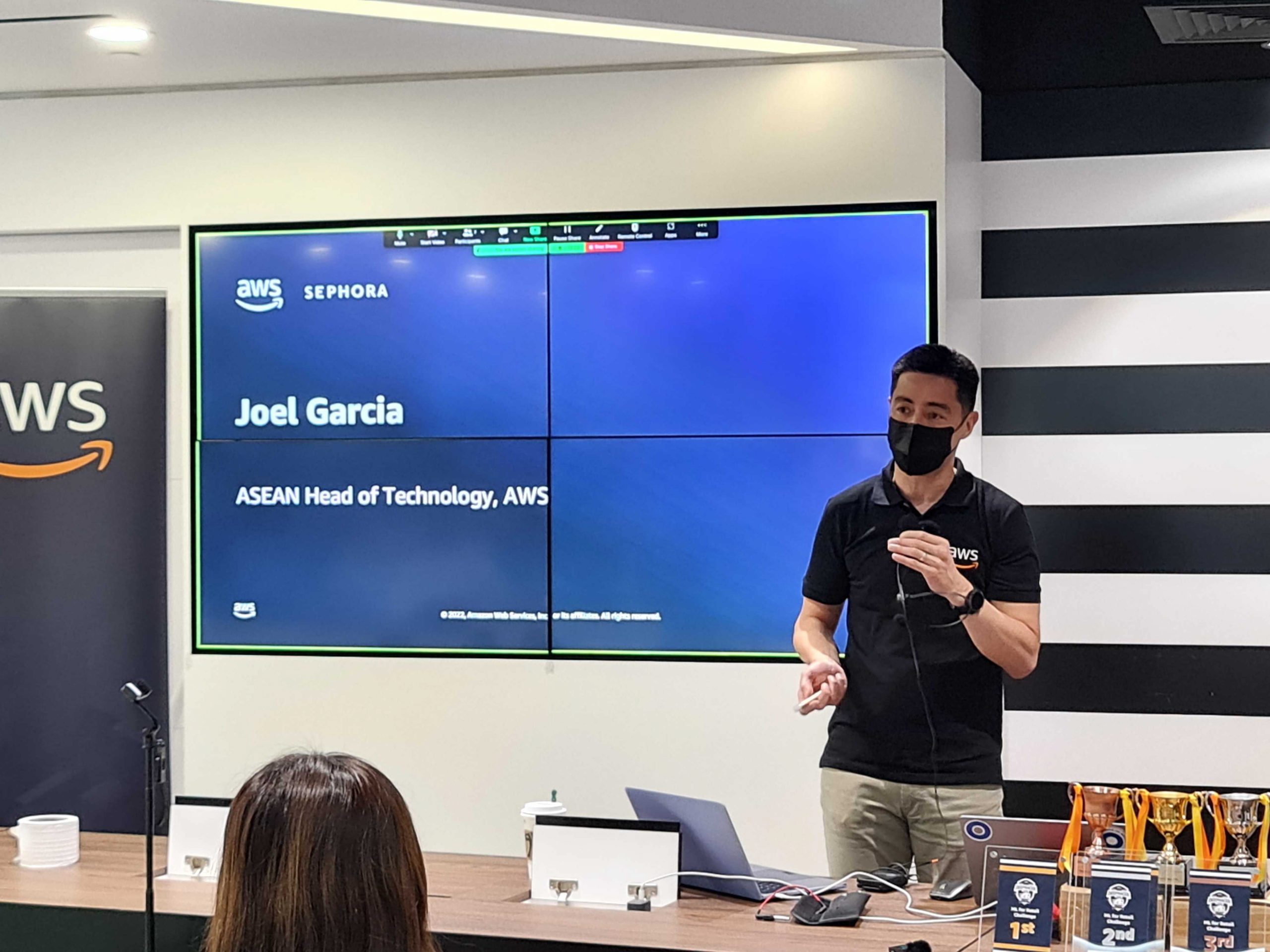
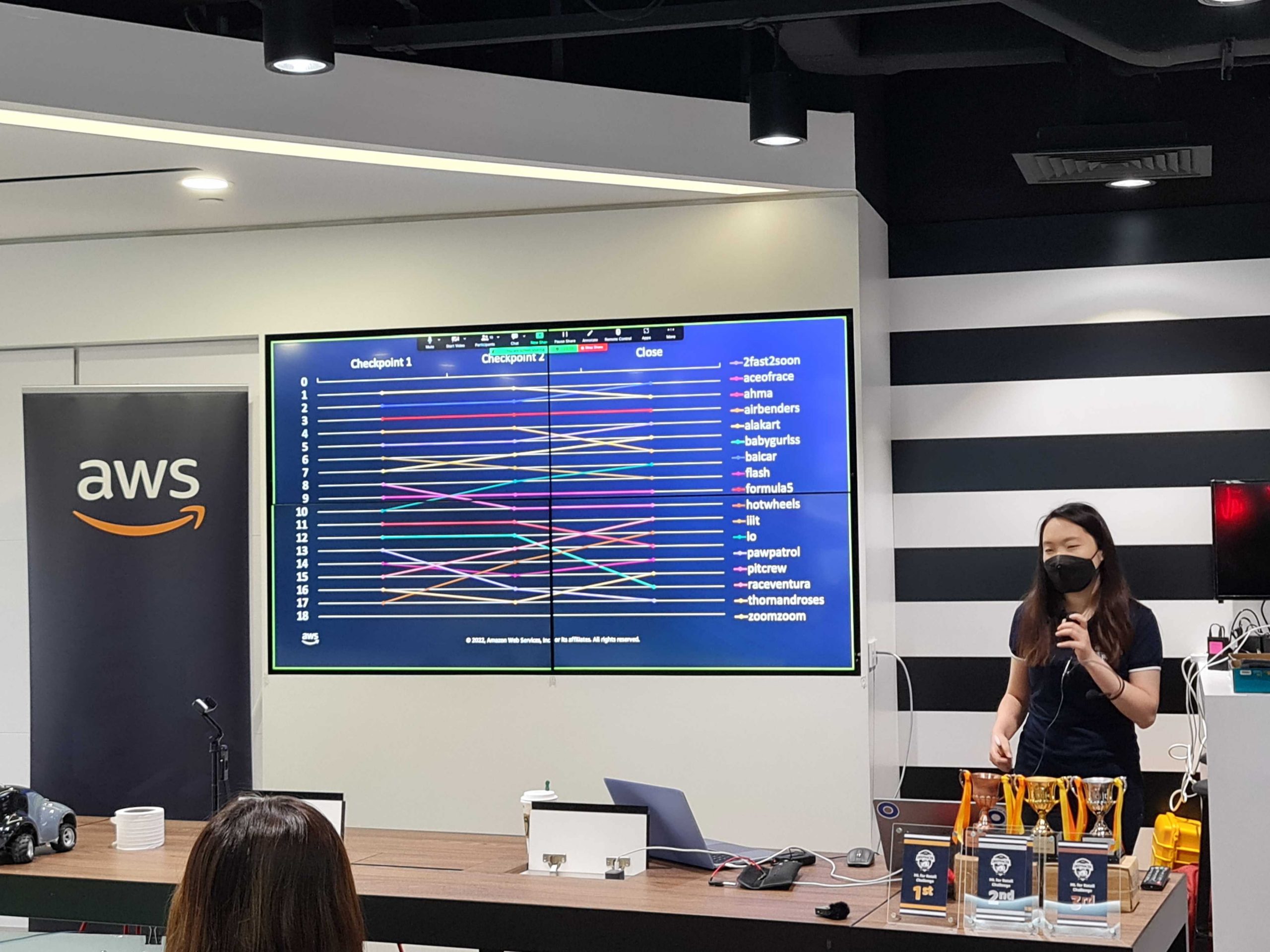

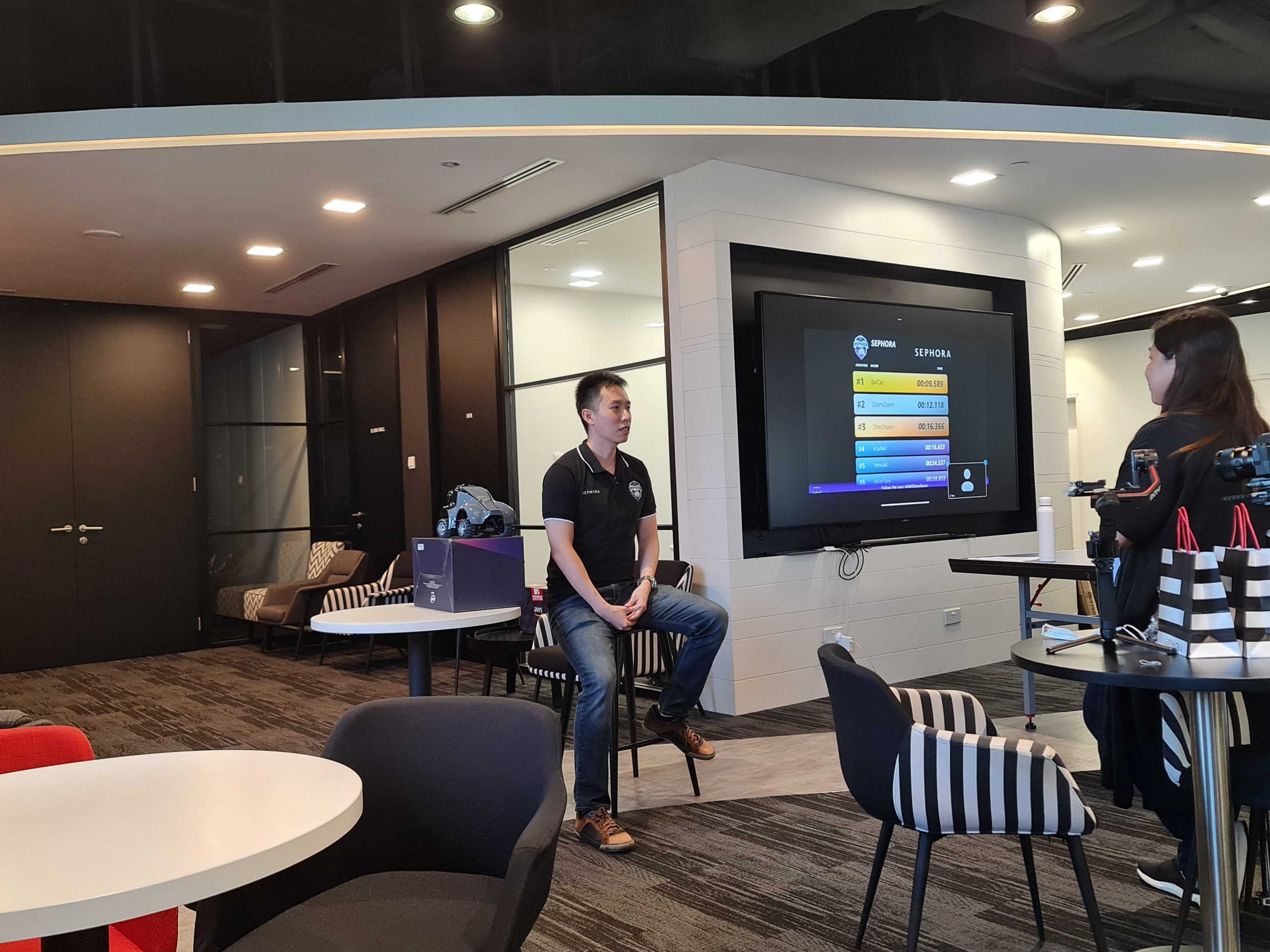
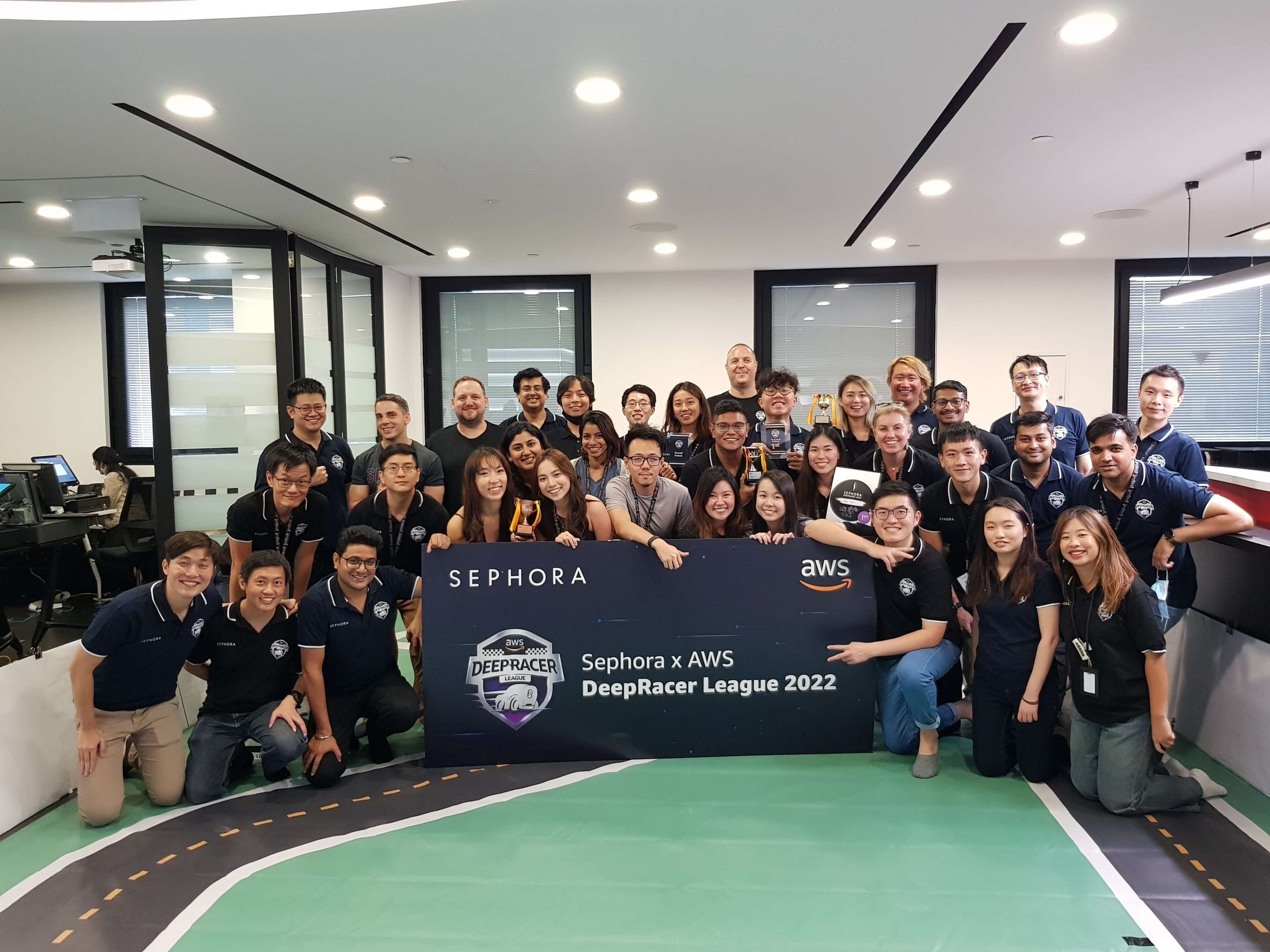

Leave a Comment